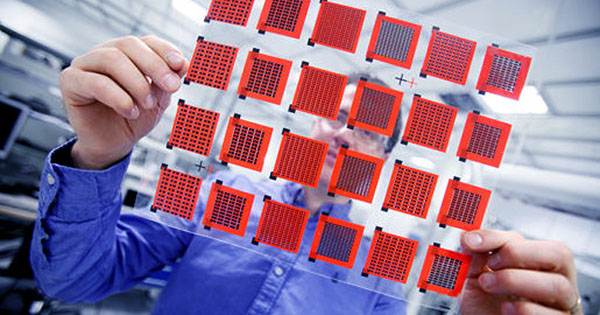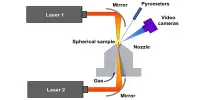Engineers generally consider heat as “waste energy” because it is difficult to turn it into something efficient. However, researchers may change a new class of thermoelectric materials after trying the exact opposite of the normal method. A research paper on science progress explains why speeding up the search for a more advanced version. As the name implies, thermoelectric material converts heat into electricity, avoiding the level of boiling water used in most bulk power generation.
However, cost and inefficiency have limited thermoelectric generators to niche applications, such as powering spacecraft such as the Mars Perseverance Rover where light, reliable power generation is more important than cost. Thermoelectric materials are very expensive and polluting for more widespread use, but newer versions replacing heavy components with magnesium could change that, opening the door to even better alternatives that could find widespread use.
Thermal power works by creating currents between the heats and cooling directions. Unfortunately, if the material conducts heat and conducts electricity, the temperature becomes evenly spaced, stopping the flow of current. So materials have to be thermally insulating, a feature that is often associated with lighter metals than heavier metals, so field scientists have turned their attention to larger atoms. Just when other scientists tried magnesium-based materials, they were surprised to discover that they worked amazingly well.
Dr. Olivier Delaire of Duke University has confirmed that these ingredients, Mg3Sb2 and Mg3Bi2, work three times as well as calcium and ytterbium, more protons and elements with similar chemical properties, which can also explain unexpected phenomena. Magnesium has the advantage of being cheap, abundant, and relatively pollution-free. Although it shares these properties with calcium, it is not tested for other ingredients.
Delaire said in a statement, “Traditional materials depend on heavier materials such as lead, bismuth, and tellurium – materials that are not very environmentally friendly, and they are not very high.”
These magnesium materials, however, have significantly lower thermal conductivity despite having lower mass densities. Furthermore, while high-temperature thermoelectric effects are common, Mg3Sb2 and Mg3Bi2 work close to room temperature. Nevertheless, Delaire does not think that these specific materials will be the future of thermal power generation. Antimony and bismuth are not particularly abundant, and antimony production is quite contaminated.
















